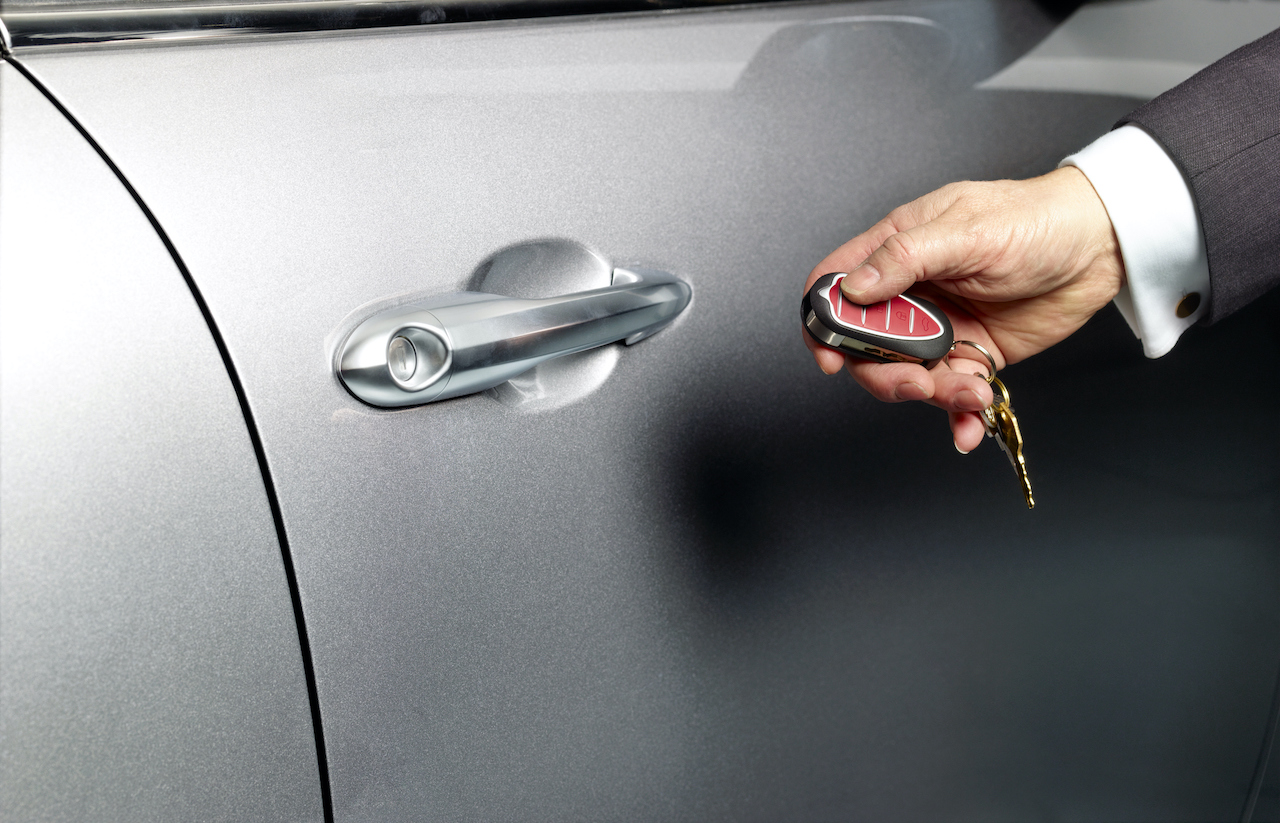Unveiling the Intricacies of Car Locking Mechanisms

In the fast-paced world we inhabit, the security of our vehicles is of paramount importance. One of the key elements ensuring this security is the car locking mechanism. This article delves deep into the intricacies of these mechanisms, shedding light on their types, functions, and the evolving landscape of automotive security.
Understanding the Foundation: Types of Car Locking Mechanisms
Conventional Key-Based Systems
The traditional and time-tested method of securing cars involves key-based locking systems. These systems employ a physical key to engage and disengage the lock, providing a tangible and straightforward means of securing the vehicle. However, advancements in technology have paved the way for more sophisticated alternatives.
Remote Keyless Entry (RKE) Systems
In the contemporary automotive landscape, Remote Keyless Entry (RKE) systems have become ubiquitous. This innovative technology allows users to control their car locks from a distance, enhancing convenience and security. RKE systems often utilize radio frequency signals to communicate between the key fob and the car, ensuring a seamless locking experience.
Push-Button Start and Digital Key Systems
Embracing the digital age, some vehicles now boast push-button start and digital key systems. These eliminate the need for a physical key altogether, relying on electronic authentication to start and lock the vehicle. Digital keys, often stored on smartphones, provide an additional layer of security.
The Mechanism at Work: How Car Locking Systems Operate
Mechanical Components
Car locking mechanisms are intricate systems comprising various mechanical components. These include tumblers, levers, and pins that interact seamlessly to secure the vehicle. Understanding the mechanics behind these systems is crucial for appreciating their reliability and durability.
Electronic Components
In modern vehicles, electronic components play a pivotal role in the functioning of locking mechanisms. Electronic control units (ECUs) manage the communication between the key and the car, ensuring precise and secure lock engagement. This fusion of mechanical and electronic elements enhances the overall efficiency and security of car locks.
Advancements Driving Innovation: Smart Locking Systems
Biometric Recognition
The future of car locking mechanisms lies in the realm of smart locking systems. Biometric recognition, such as fingerprint or facial recognition, adds an unprecedented layer of security. These systems ensure that only authorized individuals can access and operate the vehicle.
Machine Learning Algorithms
With the integration of machine learning algorithms, smart locking systems can adapt and evolve based on usage patterns. This dynamic approach enhances security by continuously optimizing access protocols, making it challenging for unauthorized entities to breach the system.
Ensuring Security Amidst Challenges: Anti-Theft Features
Car Alarm Systems
Complementing locking mechanisms, car alarm systems act as a deterrent against theft. These systems trigger loud alarms in response to unauthorized attempts to access the vehicle, alerting both the owner and those in the vicinity.
Tracking and Immobilization
In the unfortunate event of theft, some vehicles are equipped with GPS tracking and immobilization systems. These features aid in locating the stolen vehicle and remotely disabling its engine, thwarting the efforts of thieves.
The Road Ahead: Evolving Trends in Car Security
Integration with IoT
The future of car locking mechanisms lies in seamless integration with the Internet of Things (IoT). This would enable real-time monitoring and control of vehicle locks through connected devices, offering unparalleled convenience and security.
Blockchain Technology
Embracing the principles of decentralization and enhanced security, blockchain technology could revolutionize car locking systems. The immutable and transparent nature of blockchain ensures that tampering with the security protocols becomes nearly impossible.
In Conclusion: Securing Tomorrow’s Journeys
As automotive technology continues to advance, so too do the capabilities of car locking mechanisms. From the simplicity of key-based systems to the sophistication of biometric recognition, the evolution of these mechanisms underscores the commitment to ensuring the security of our vehicles.


